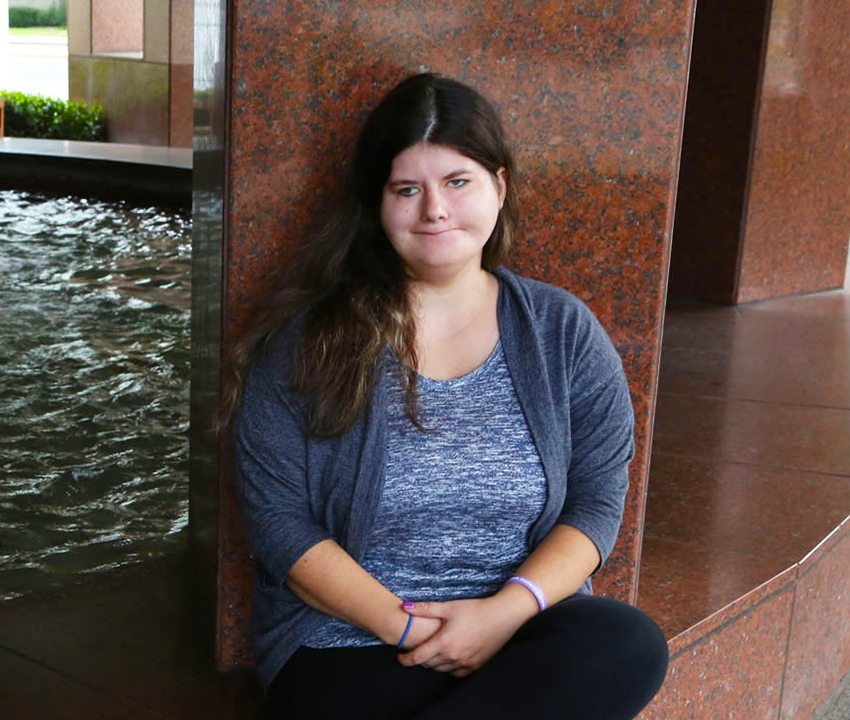When you look at me, what do you see?
For as long as I can remember, I have been treated differently than others because of how I look and sound.
I was born with a rare neurological condition called Moebius syndrome, which causes my face to be paralyzed. It affects fewer than 10,000 individuals globally, but people usually respond in similar ways when they see anyone who looks different. In my personal experience, people look away, stare, or ask intrusive questions like, “What’s wrong with you?”
Today, I use my voice and my writing to advance equality so others won’t have the same experiences I’ve had, as I have experienced a world that is not designed or accessible for people with differences. As the Communications Officer at AboutFace, a Canadian non-profit supporting people with facial differences, I am proud to be part of a team building awareness, equity, and opportunity for this little-known community.
Studying journalism at SAIT helped me realize I have a story to tell and a voice that has yet to be heard.
The importance of community
Given the rarity of Moebius syndrome, I didn’t know anyone else with it while I was growing up. I often felt like there was no future for me because of my differences.
I describe Moebius as the under-development or malformation of the nerves in your brain that control various functions, mostly in your face. It can cause a wide range of symptoms, such as facial paralysis, limb abnormalities, inability to swallow, hearing loss, and vision problems.
For me, a pivotal moment was attending my first Moebius Syndrome Foundation conference when I was 19. Meeting other people with Moebius was life-changing. I met people who looked and talked like me and who had found success.
I finally found the community I needed, one that showed me what was possible. This was incredibly influential and made me realize that I could succeed in the life that I chose.
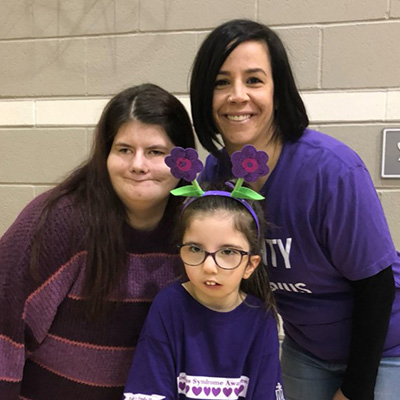
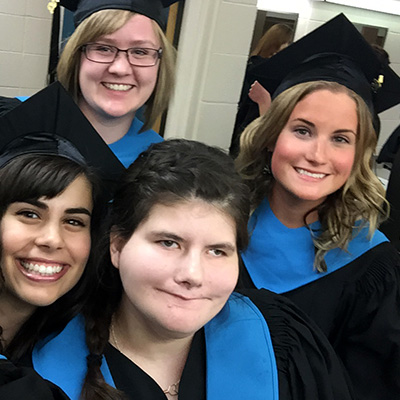
Discovering my purpose
In early 2013, I met the Academic Chair of SAIT’s journalism program. After a heartfelt conversation, she told me she believed I belonged there, and she was right. This was the push I needed.
I applied to the program and was shocked when I was accepted.
I couldn’t have fathomed that my journey would lead to my holding Moebius Syndrome Awareness Day events at SAIT, graduating with honours, and being nominated for valedictorian. I never imagined being featured in Chatelaine magazine in 2016 or going on to complete my Bachelor of Communication at the University of Calgary in 2019 and my Master’s of Intercultural and International Communication from Royal Roads University in 2022.
I never dreamed I would be cast in a CBC show about facial differences or have a platform on social media to educate. None of that seemed possible on that September day in 2013, but it was where my life as I know it truly began.
The push for inclusion
I often say my time at SAIT was two of the best years of my life. My instructors helped me to build confidence and fully believe in my potential, while the friends I made helped shape the experience.
Still, my post-secondary journey was paved with barriers and roadblocks most people don’t experience. Being in a world that’s not designed for, or even accessible to, people with facial differences has helped shape my passion for advocacy.
I saw first-hand the need for stronger diversity, equity, and inclusion policies in schools and workplaces. Many teachers didn’t know the best way to support me and often assumed what I needed, and job interviews often went sideways when they saw me in person and off paper. Now, in my dream job with AboutFace I am helping amplify the voices of people with facial differences and building stronger policies through training and advocacy. What drives me is something bigger than just myself. — it’s about making a difference at all levels of government and society
Support for the facial difference community goes beyond telling people to just “be kind.” It is about implementing tangible policies and procedures to protect rights and ensure equal access to opportunities. Genuine support is rooted in education about facial differences because awareness leads to acceptance.
Over the last 10 years, I have seen a push for more inclusion and diversity in media and society. However, the facial difference community, unfortunately, has been left behind and still experiences stigma and discrimination.
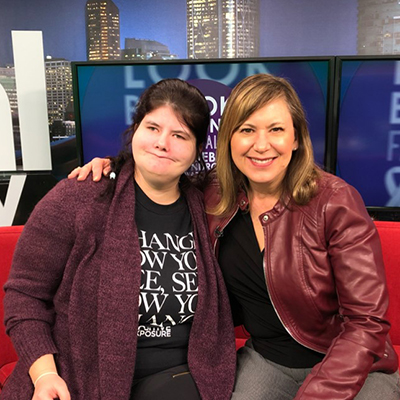

Photo by: Rick Guidotti
Empowering the future
I have put countless hours of true passion into bringing the facial difference community to the forefront of society. Through my ongoing work in this space, I hope schools will better understand how to support students with facial differences. I hope workplaces develop better equity and inclusion policies. I hope that parents start teaching their kids about facial differences. I hope that people feel empowered by my story.
The most important thing people can do to advance the inclusion of people with facial differences is to be educated about them. I believe that awareness equals acceptance and inclusion. Currently, AboutFace is working to achieve this through educational programs like training for recreational facilities, cities, workplaces, and camps about best practices regarding inclusion and support for people with facial differences.
Great strides have been made to illuminate this lesser-known community, but the quest for full acceptance and equality continues.
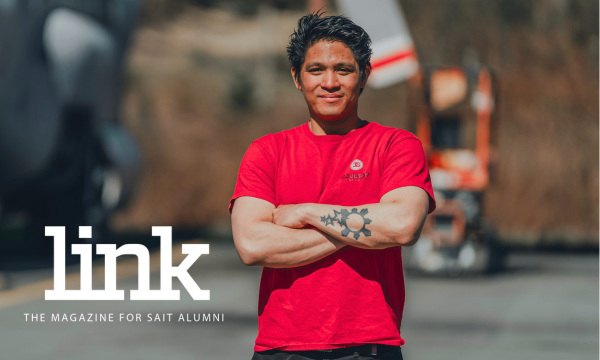
Like what you are reading?
Find more stories from past, present and upcoming issues of LINK magazine!
Oki, Âba wathtech, Danit'ada, Tawnshi, Hello.
SAIT is located on the traditional territories of the Niitsitapi (Blackfoot) and the people of Treaty 7 which includes the Siksika, the Piikani, the Kainai, the Tsuut’ina and the Îyârhe Nakoda of Bearspaw, Chiniki and Goodstoney.
We are situated in an area the Blackfoot tribes traditionally called Moh’kinsstis, where the Bow River meets the Elbow River. We now call it the city of Calgary, which is also home to the Métis Nation of Alberta.
